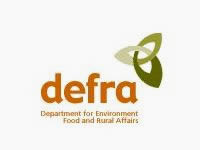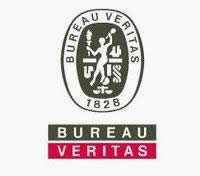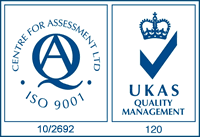Refrigeration and avoiding food poisoning
10/08/2011
We know that food should be refrigerated – both whilst it is stored in its raw state and afterwards – when it has been cooked but is being saved for a later date. Food that is not exposed to effective refrigeration methods can lead to consumers becoming ill through food poisoning. We know that there are two types of food poisoning – both toxic – badly stored food – and infectious – badly prepared food.
However food that is not exposed to effective refrigeration procedures can lead to food poisoning. The same symptoms for both toxic and infectious food poisoning are exhibited by sufferers.
Food poisoning symptoms
Symptoms of food poisoning depend on the method of poisoning and the amount eaten. The symptoms can develop rapidly, within 30 minutes, or slowly, worsening over days to weeks.
Most of the common contaminants cause:
- nausea
- vomiting
- diarrhoea
- abdominal cramping
- fever
Usually food poisoning is not serious, and the illness runs its course in 24-48 hours. In most cases doctors will prescribe nothing and will suggest that the best thing for you is that you do in fact continue to be sick – thereby expunging the toxins that are making you ill. Occasionally however you may require more intensive treatment – and some forms of food poisoning – such as E Coli – especially where the suffer is older or suffering from a weakened immune system due to other underlying complications - can be dangerous.
Other forms of food poisoning can also be dangerous – especially if you are suffering from underlying symptoms. The best cure for food poisoning though – as with nearly all illnesses is prevention in the first place. This means good hygiene and sensible food storage - ideally proper food service industry cold storage.

























